Journey to Japan - A collaboration with Singapore Airlines
Visit Yamagata for its hot springs and premium wagyu; explore Tokyo's Tsukiji and Toyosu fish markets; and sample famous Keisuke ramen on SIA's 'Book the Cook' menu

A RIVER literally runs through Ginzan Onsen - one of those achingly charming historic villages that easily lulls you into your private Spirited Away fantasy. At least until a babbling cacophony of antonese-spouting tourists bursts your bubble.
Mentally erase them and soak in the oldworld feel of this once-thriving 17th century silver mining town which fell into decline and was literally reborn as a ryokan village during the Taisho era (1912 - 1926). Its appeal lies in the way it still looks as you imagine it did 100 years ago, save for some modern conveniences like a Doutor coffee vending machine and a shop selling deep fried curry buns.

Ginzan Onsen is just one of many discoveries in Yamagata prefecture, which sits in a sweet spot of Tohoku that faces the Sea of Japan in the west, and mountains in the east. In winter, trees turn into 'snow monsters' and ski slopes become landing strips for human missiles strapped to sticks. Other freezing humans can thaw out in the region's famous hot springs in Zao Onsen. The more sedentary can just sweat it out in the baths of Ginzan Onsen,known for its magical movie-like aura when snow forms blankets over the traditional ryokans built on both sides of the constantly flowing Ginzan River.

It takes three hours and a bit by Shinkansen from Tokyo to Oishida station, a typical small town train stop - with one platform and one souvenir shop with a sad selection. There are buses from the station that go to Ginzan Onsen, but they are an hour apart so time your train ride accordingly. But if you're staying overnight at one of the ryokans, they might be able to arrange a taxi ride for you.
Even though it's not winter, Autumn colours make an equally satisfying background for your photos, as does the gushing Shirugane Falls - just a short stroll from the Shirogane Park - just a short stroll away from the self-contained village - which is what keeps the river flowing.
This being an onsen town, there are public baths that you can visit if you're just making a day trip, or you can soak your toes in the free foot baths along the river. For an overnight stay, do bear in mind that most of the ones here are old and no-frills. But one that stands out for its modern architecture is Fujiya Ryokan, designed by the acclaimed but sometimes controversial architect Kengo Kuma.
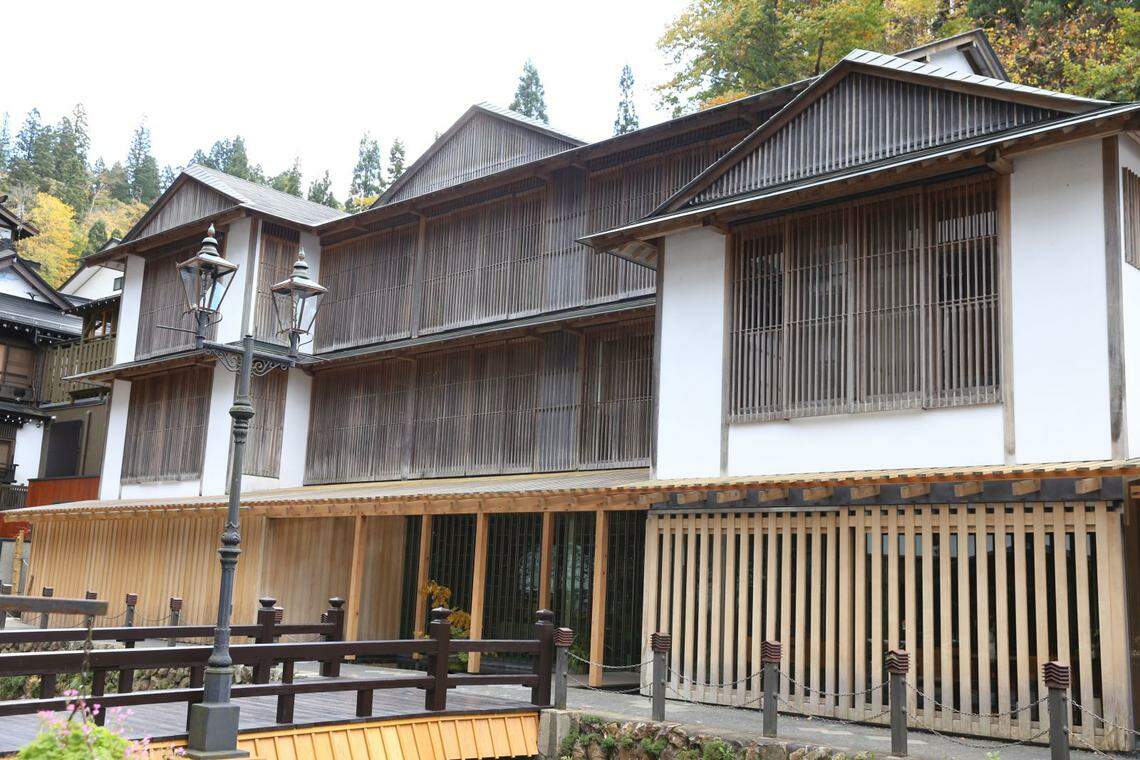
The man who designed Tokyo's Olympic Stadium reportedly created a bit of a stir with Fujiya, which was criticised as an affront to the traditional architecture of the village when it opened in 2008. Visually though, it's the best-looking house on the street with its elegant, recurring bamboo screens covering the refurbished 100-year-old wooden hotel. It's got the Zen vibe down pat from the moment you walk in and take in the high two-level ceiling. It's to his design credit that the building looks timeless and new - no doubt maintained by its very high room rates.
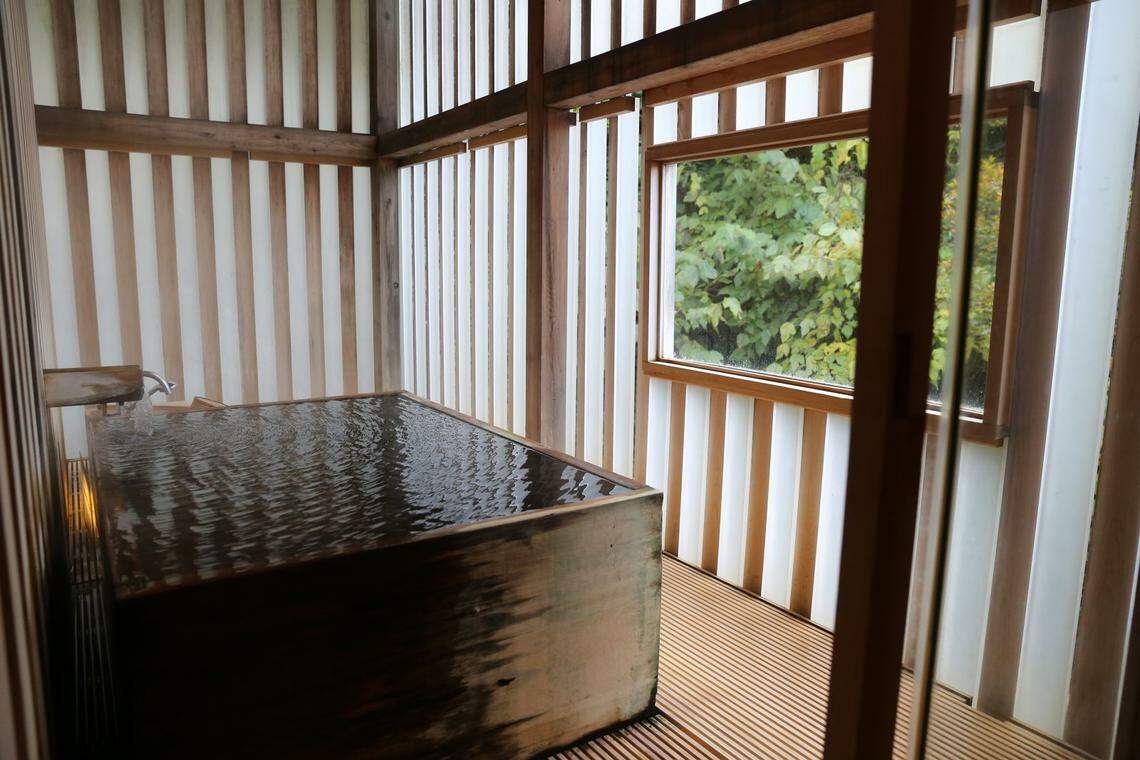
Soaking in one of its five private baths is a must but be warned - the water is scalding hot so you need to adjust the temperature with a tap that releases cold water. Only certain rooms have en-suite bathrooms - the others only have a toilet so you can only wash up in one of the baths. If you must shower in your own room, prepare to shell out around 50000 yen (S$625) per person a night. This gets you room and two meals - a generous but not especially delicious dinner and light-ish breakfast. And a free cab ride to and from the train station.
Lunch isn't provided but that's the time to go on an easy nature walk and snack at one of the many cafes and soba shops in the village. Don't miss this tiny little fried tofu shop (you'll see the line) where an elderly lady keeps disappearing into a mystery kitchen and emerging with a plastic tray of wobbly, freshly fried tofu in a savoury shoyu-based sauce. There's a little heated shelter outside the shop that you can eat in if you're cold. The Doutor machine dispenses lattes and corn soup as you need.
Otherwise, the hot tofu hits the spot, just like this little heritage getaway that is a veritable feast for the eyes.
Special deal: Singapore Airlines flies six times daily to Tokyo. Fly to Tokyo in Business Class on Singapore Airlines at special promotional fares from S$2,508. Promotion ends Dec 8, 2019.
For more details, visit the Singapore Airlines website.
YONEZAWA
While the food isn't anything to shout about (Fujiya serves its local Obanazawa wagyu with some pride but it's pretty average) in Ginzan Onsen, an hour's train ride away will get you to Yonezawa - where beef seems to be the reason for its existence.
You can't throw a stone without hitting a beef restaurant in Yonezawa, whose beef is touted as being in the same category as Kobe and Matsuzaka. Wagyu aficionados need to check out Yonezawa because it's excellent and almost impossible to get in Singapore. (Only Beni restaurant serves it).
It's categorised with Kobe and Matsuzaka because it shares the same strict criteria, explains Takeshi Masano, a budding beef sommelier now living in Tokyo (he was previously based in Singapore, helping to supply beef to Beni). "Both Matsuzaka and Yonezawa beef are from virgin female cattle, and slaughtered at 32 months instead of the usual 28 to 30 months to develop the flavour," he says. "Yamagata's climate is also perfect for raising cattle - the gap in summer and winter temperatures gives the cow excellent marbling and balanced taste of meat and fat." He also adds that many wagyu brands don't follow strict rules about the sex of the cattle or age, so the more restrictive, the better the meat quality.
Yonezawa is so serious about its beef that even the casual restaurants offer certification to prove that their beef has been graded and tested to be radiation-fee. For sukiyaki, head to Gyunabe-Oki which is barely a minute's walk from Yonezawa train station and enjoy the drama of vegetables and thinly sliced beef doused in sweet sauce and sizzling in its cast iron pot. It doesn't do steak as well so give that a miss and order it in another restaurant Tokiwa, which is more expensive but has a better range of cuts.

Both restaurants are a little touristy, but since the beef in Yonezawa is of a general high standard, the quality comes from the cooking than the meat itself. For the full experience, we're told that the hotel-restaurant Toki no Sumire has the best beef omakase, although it was fully booked on our dates.
No matter. We'll be back soon enough. For beef, snow monsters, onsens and everything else that Yamagata has in store.
TOKYO
Tsukiji versus Toyosu - a tale of two fish markets
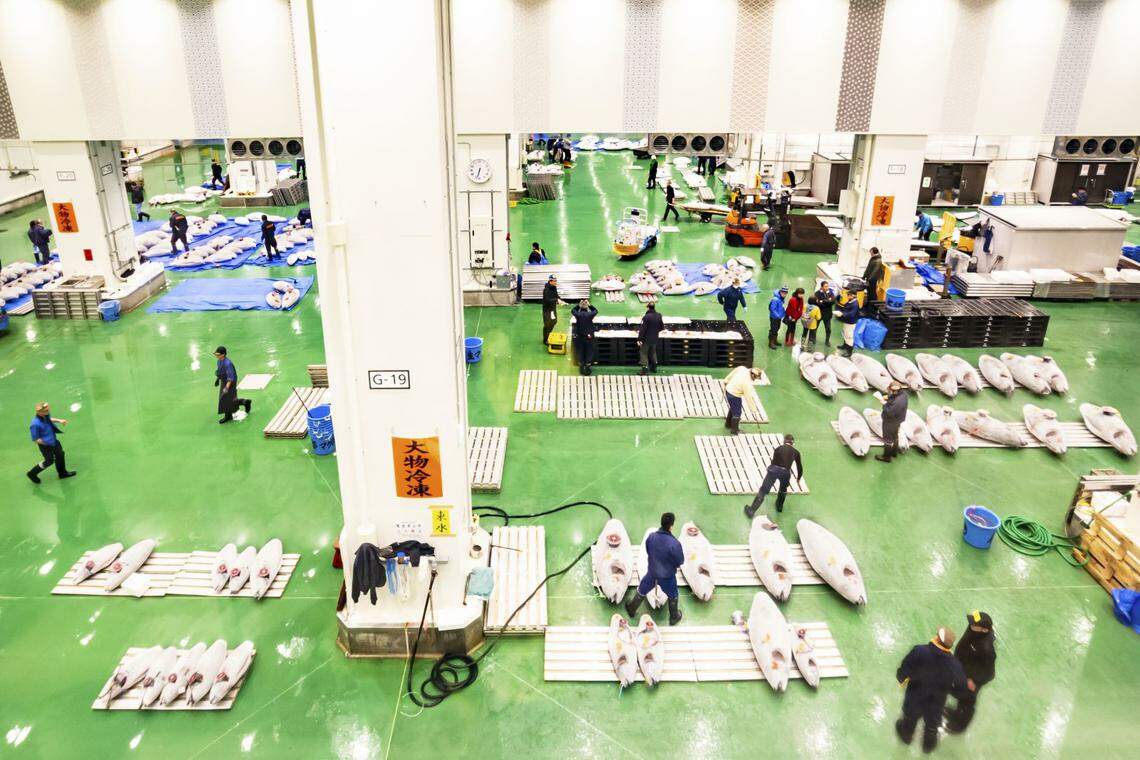
ONE WOULD LET you get up close and personal to glassy-eyed kinki or myriad live seafood swimming in cramped little tanks. The other only allows you to peep at them through narrow slits from an observation window high above - in sterile, concrete and steel surroundings that looks like a CBD for fish.
Welcome to Tsukiji and Toyosu fish markets - a contrast of old and new and for the visitor, an alternately frustrating yet fascinating seafood experience in the heart of Tokyo.
The old Tsukiji market has had its heart ripped out - the wet, messy inner section where you could peer at slabs of deep red hunks of tuna and get run over by a barrelshared turret truck at any second - and transported to the clean but characterless confines of Toyosu. The latter is organised and gleaming, but designed to be off-limits to nosy tourists who kept getting in the way of legitimate trading at the original market.
If you want to see the actual tuna auctions, you still have to wake up before dawn to get there by 5am. But this time you will only watch it from afar - through the glass windows of an observation gallery in the wholesale fish market building.
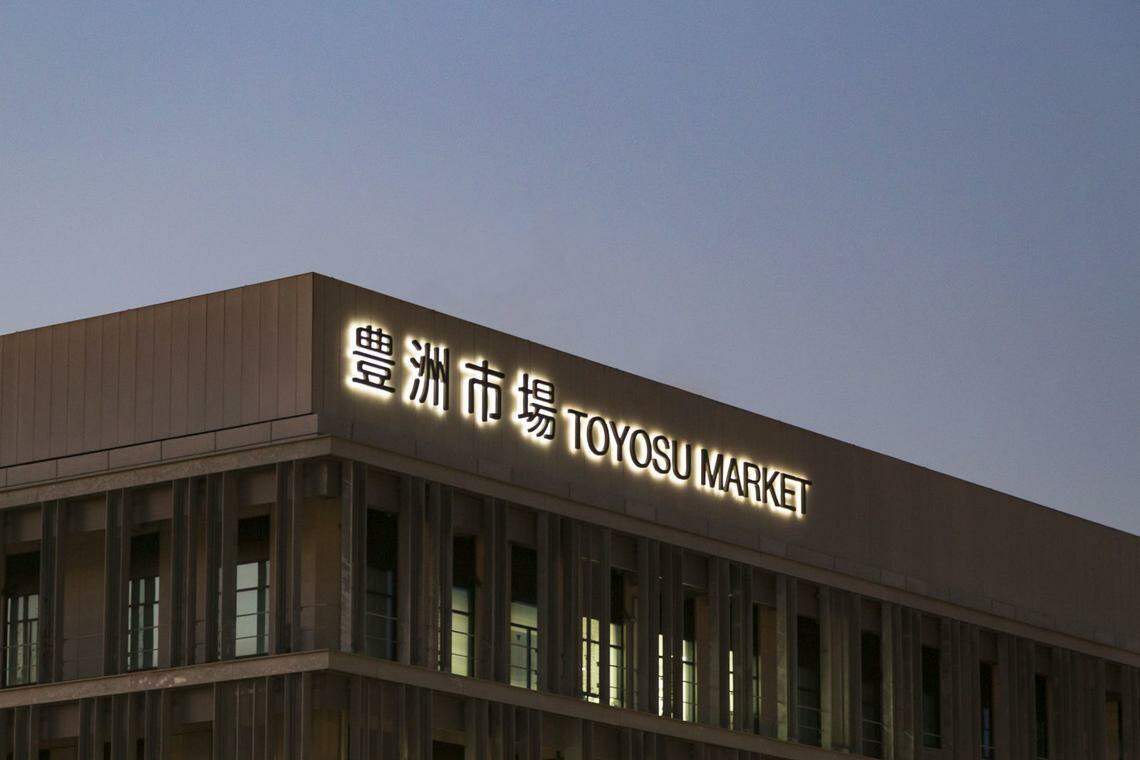
There's no more poking or meandering around seafood stalls either. There's no access for non-traders, so you have to be content with peering through upper level windows and spying mainly styrofoam boxes and the odd tray of fish or two.

If you want to buy any takeaway sashimi, you can't. The closest you will get to fresh seafood is the restaurants that have settled at Toyosu, including the famed Dai Wa. Any shopping to be had is confined to one floor of the intermediate wholesale building where over 100 shops have set up, selling mainly dry goods such as pickles, seaweed, tea, knives, sake and kitchen accessories. You might spy a few fruit and vegetable stalls with very limited variety, although fresh wasabi is oddly plentiful.
If you're planning a visit, your best bet is to combine the two for a complete experience. You need to go to Toyosu at least one just to see what it's about and check out some of the eateries there, and then head back to Tsukiji, where you'll still find some semblance of the old, authentic and colourful atmosphere.
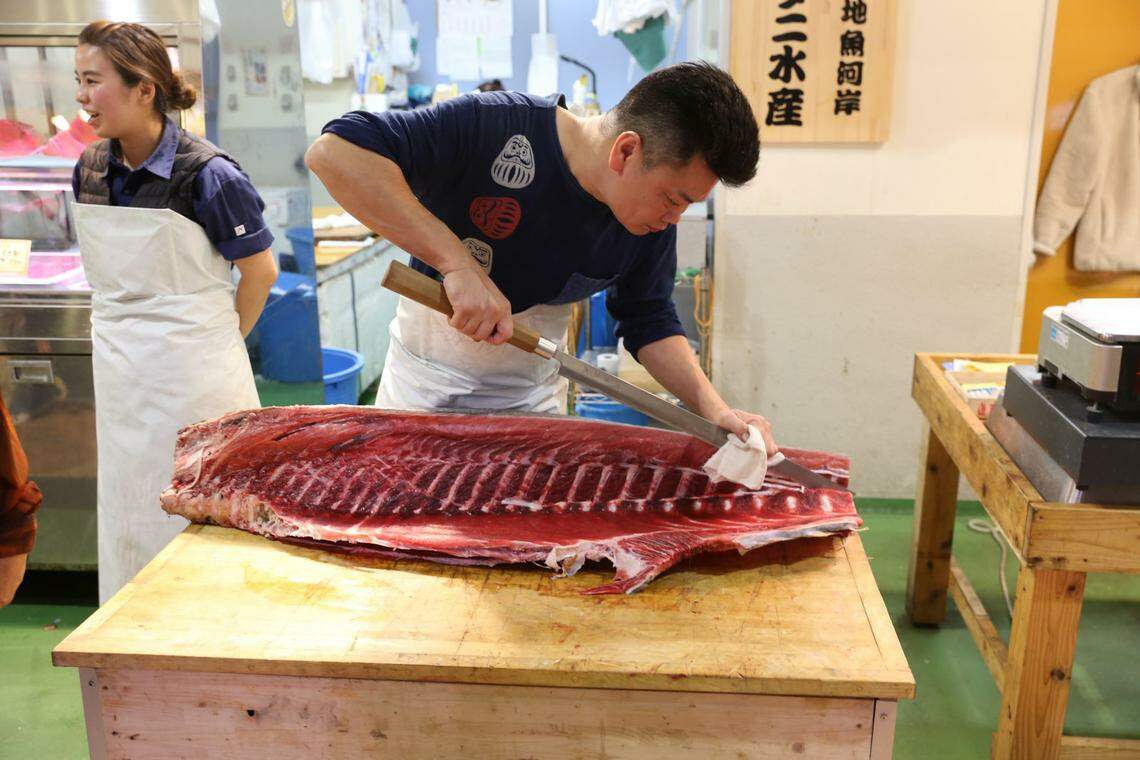
The outer market with its throng of food stalls selling everything from barbecued squid to curry rice and rolled egg omelettes is still there, although the vibe is a little more subdued because of the number of little shops that have either moved to Toyosu or closed completely. You can still do a lot of fresh produce shopping here, from seasonal vegetables and fruits to slabs of sashimi you can request to be sliced accordingly.
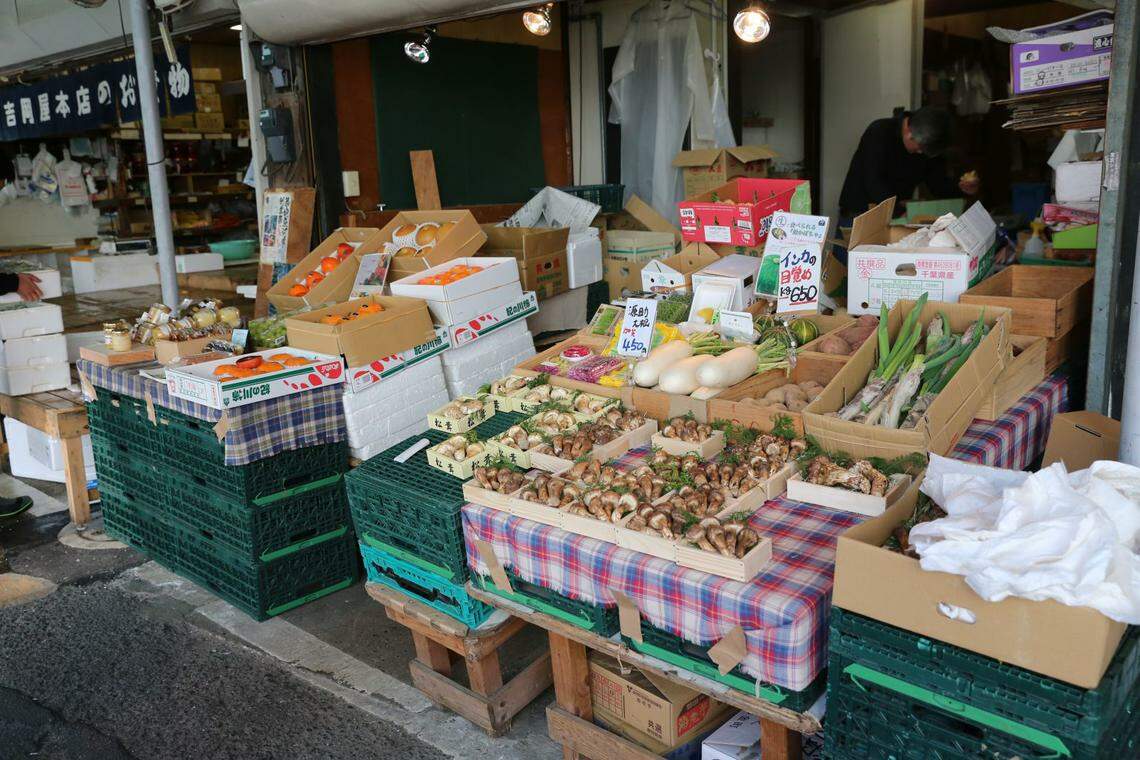
If you walk past all the stalls down towards the old inner market, you'll come to a couple of non-descript buildings - one on each side of the street. It's a saner browse there than in the main thoroughfare, with individual seafood shops and the odd fruit and vegetable stall. Before the market closed, this building was chock-full of shops selling everything from ready-cut seasonal melons to cheap fresh oysters shucked upon purchase.
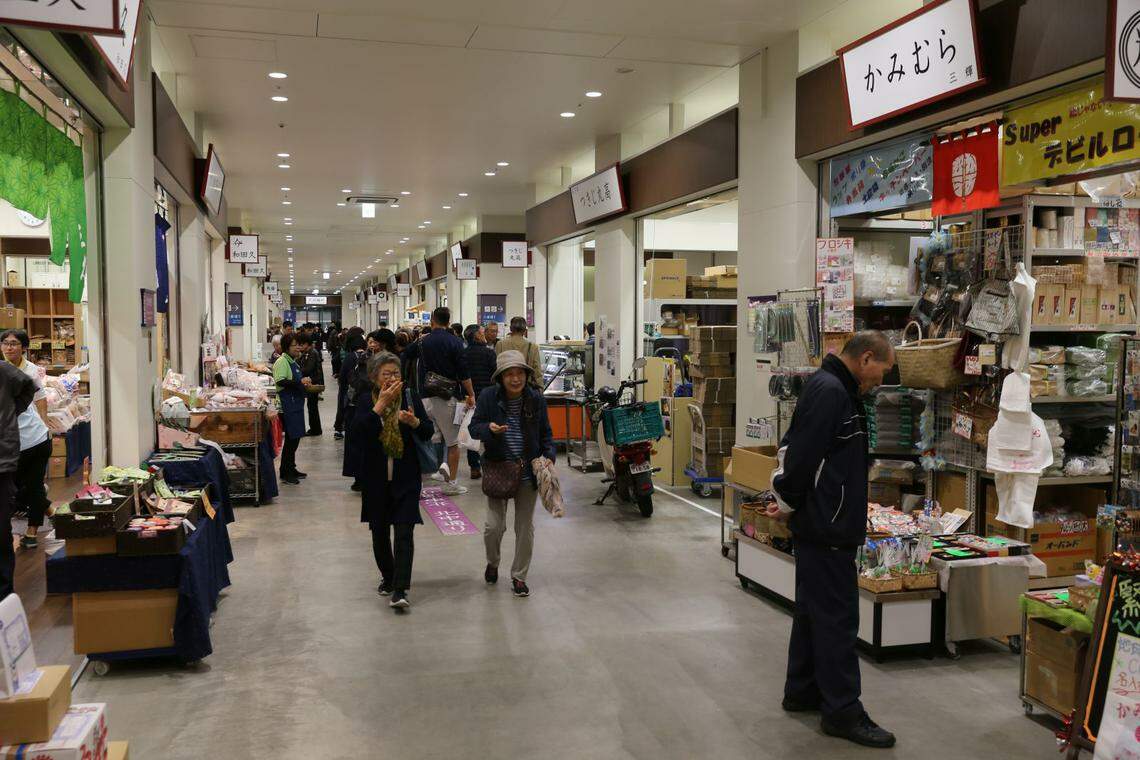
The oysters are still there, but the fruit shops have dwindled, and so have customers. But there's always enough to look at, and the occasional surprise like an impromptu tuna carving session.
Part of the joy of returning to Tsukiji is the memories of the old days when turret trucks sped by, traders scolded you for getting in their way and you could score seasonal mushrooms or fruit for less than in supermarkets. Times change but between Toyosu and Tsukiji, maybe there'll be new memories in the making.
A true taste of Japan
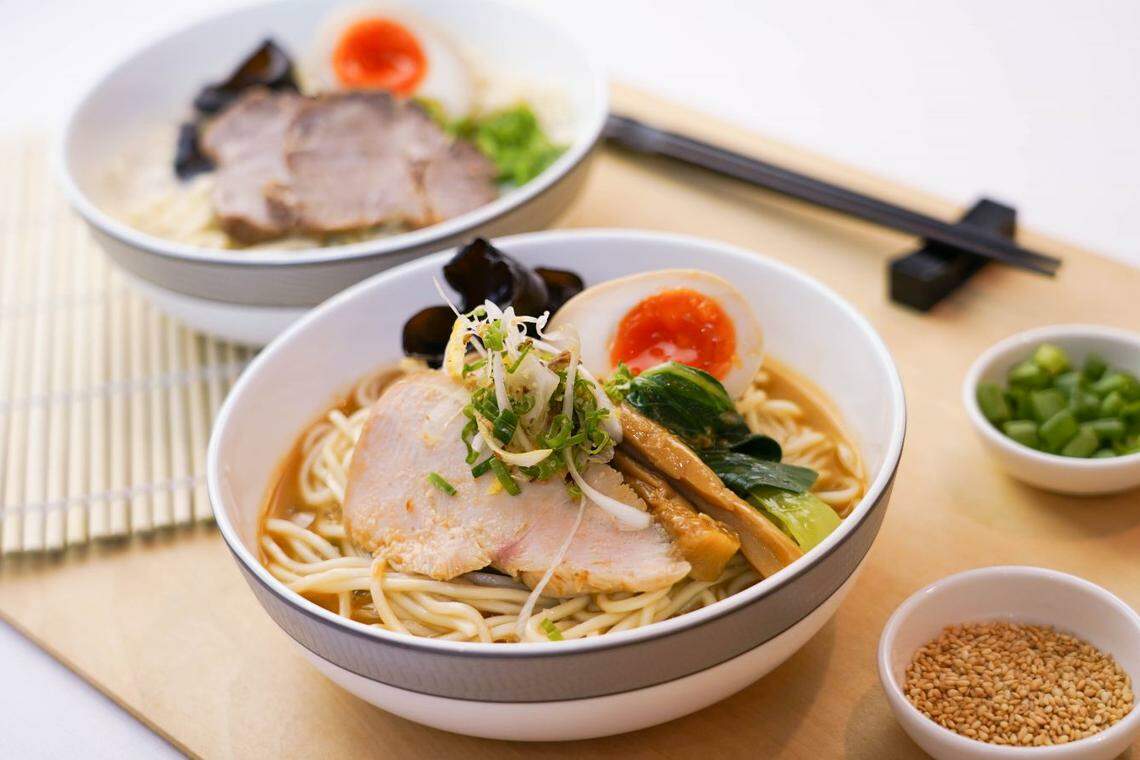
Planning a trip to Japan? Get a taste of it the moment you get on the flight, thanks to Singapore Airlines. Singapore Airlines (SIA) is constantly adding new creations for food lovers, and now, to cater to the insatiable appetite for Japanese ramen, SIA has teamed up with acclaimed foodie favourite Ramen Keisuke to serve its authentic soupy creations onboard.
Founded by celebrity chef Keisuke Takeda who took the ramen world by storm, First and Business Class passengers can now savour the following options: Keisuke Tonkotsu Ramen with its creamy pork broth and sliced pork; Keisuke Lobster Ramen in a rich lobster broth with chicken and bamboo shoots; Keisuke Miso Ramen with sliced pork and cloud ear fungus; and Keisuke Niboshi Ramen in a smoky broth made with dried sardines and pork, and featuring sliced pork and fish cake. The 4 ramen options will be available on board on a rotation basis. Currently, Keisuke Tonkotsu Ramen is being served till Jan 5.
"Meticulous attention was paid to every detail - the texture of the noodles, richness of the broth and quality of the ingredients used - all to ensure that the bowl of ramen tastes as good in the air as it does in a Ramen Keisuke restaurant," says Yeoh Phee Teik, SIA's Senior Vice President Customer Experience.
Multiple rounds of testing and simulation were conducted in both Japan and Singapore over a six month period. The recipe was fine-tuned to retain the authentic flavours in high-altitude conditions, and the blanching time was adjusted to maintain the chewy texture of the noodles. Sous vide cooking ensures that the chicken meat used is always tender, and only high quality ingredients such as Spanish pork are used.
The six month collaboration with Ramen Keisuke runs from October to March 2020, and the ramen dishes are offered in Business Class on selected Japan routes, and are available via 'Book the Cook' for both First Class and Business Class customers, for selected flights departing from Singapore.
Special deal: Singapore Airlines flies six times daily to Tokyo. Fly to Tokyo in Business Class on Singapore Airlines at special promotional fares from S$2,508. Promotion ends Dec 8, 2019.
For more details, visit the Singapore Airlines website.
BT is now on Telegram!
For daily updates on weekdays and specially selected content for the weekend. Subscribe to t.me/BizTimes
Lifestyle
Former Zouk morphs into mod-Asian Jiak Kim House, serving laksa pasta and mushroom bak kut teh
Massimo Bottura lends star power to pizza and pasta at Torno Subito
Victor Liong pairs Aussie and Asian food with mixed results at Artyzen’s Quenino restaurant
If Jay Chou likes Ju Xing’s zi char, you might too
Mod-Sin cooking izakaya style at Focal
What the fish? Diving for flavour at Fysh – Aussie chef Josh Niland’s Singapore debut
